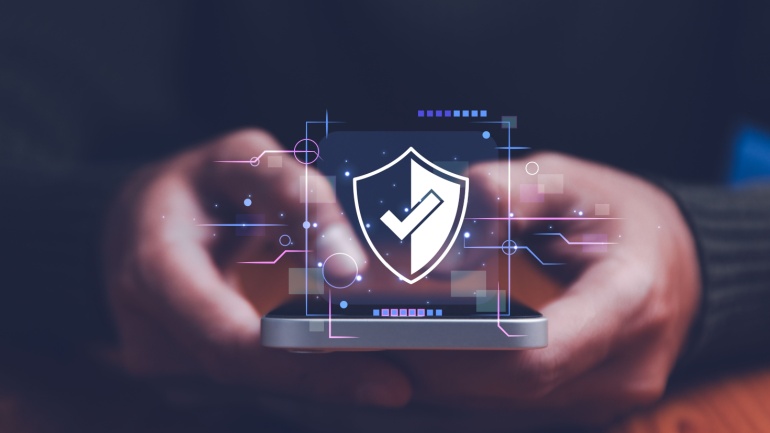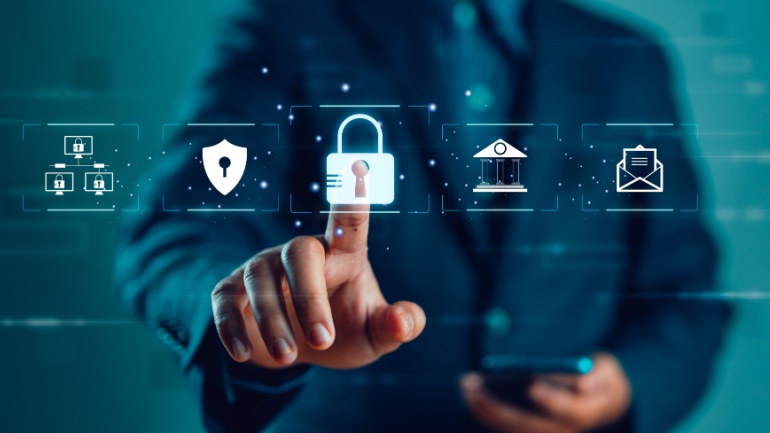The telecom industry is responsible for keeping the globe linked through communications services. There are many aspects of these services that we take for granted, from private calls to business interactions. However, it is only because of the telecom sector that we are able to swiftly connect to individuals all over the world, whether by phone, internet, airwaves or cables.
For years, cybercriminals have targeted telecom operators because they maintain and manage vital communications infrastructure that is used to transport and store vast quantities of private and sensitive data. Cyber-attacks on the telecom industry in particular, have risen dramatically in recent years as technology has advanced and our world has evolved to become more connected.
In this article, we hope to shed light on the cyber security threats that the telecommunications sector is facing. Also, explain how providers can defend their digital environments and key infrastructure from possible cyber-attacks
Why so cyber criminals target telecoms?
For starters, the global telecom services industry was estimated to be worth $1,657.7 billion in 2020 and $1,707.96 billion in 2021. Telecom operators build and run sophisticated networks and store enormous volumes of sensitive data in order to fulfill our communications demands. Due to the combination of these two incentives, cyber thieves are highly attracted to the industry.
There are two main types of cyber-attacks that telecom companies have to contend with. There are direct criminal attacks against their organization, network operations and data, and indirect assaults that target the company’s customers.
In the case of a cyberattack on the telecom industry, the consequences may be severe and wide-ranging. Even a bogus accusation of an assault may cause a telecom provider to shut down key services that consumers and companies rely on. Also, telecom companies generally store personal information about their clients, such as names, addresses and financial information. For cyber-criminals this data is a tempting target for blackmailing consumers, conducting identity theft, stealing money or launching subsequent assaults.
Common cyber security threats in telecoms
With vast customer bases, telecommunications firms may be at risk of unauthorized access to their information by hostile parties. The following are some of the most frequent cybersecurity risks that telecommunications businesses face.
DDoS attacks
DDoS, or Distributed Denial of Service, is an attack that disrupts regular traffic and causes the target to lose service. A DDoS assault decreases network capacity, raises traffic expenses and interrupts service availability. It can even crash Internet access if ISPs are targeted. This method of attack is frequently used as a gateway or a smokescreen for a more malevolent and destructive assault. Any stoppage or disruption that has an impact on service quality can lead to a significant financial loss.
SIP hacking
In Voice over IP (VoIP) communications, SIP or Session Initiation Protocol (SIP) hacking is the most frequent cyber security risk. Hackers may simply tap into unencrypted communications, disseminate SIP malware and otherwise manipulate VoIP systems if a robust telecom security solution is not implemented. SIP fraud, SIP trunk hacking, caller ID spoofing, bypass-fraud and eavesdropping are some of the most prevalent forms of SIP attacks.
DNS attacks
A DNS assault is a type of cyberattack in which the attacker takes advantage of flaws in the Domain Name System. In the telecoms business, too, DNS assaults are fairly frequent. DNS-based attacks take advantage of available DNS resolver functions. It can bring down cloud and Internet services, costing businesses money and harming their reputation. Some of the most common types of DNS attacks include DNS rebinding attacks, cache poisoning, DNS tunnelling, DNS hijacking, phantom domain attacks and domain lock-ups. According to a report by EfficientIP, a single DNS assault can cost a corporation up to $5 million.
IoT network security
IoT network security is one of the biggest challenges for providers of telecommunications and Internet services (ISPs). The implementation of IoT has soared and has thereby created more entry points in its use with connected devices. Because not all of these locations are adequately secured, user, client and corporate accounts are left vulnerable. This can result in serious concerns such as hacking, data leaks and more.
Brute force attacks
A brute force assault employs trial-and-error techniques to guess login information. It goes through all potential combinations in the hopes of successfully accessing an account. These assaults are carried out using ‘brute force,’ which means that they employ extreme energy to try to ‘force’ their way into private accounts. When users use weak passwords or use the same password across several systems, an attacker may have more chance of success.
Indirect attacks
There are a variety of virus activities and tactics used by cyber thieves to target users and their devices when it comes to indirect assaults on telephone companies. These include the use of malware to infiltrate mobile devices so as to abuse payment services. They can also try to compromise the use of all social media to collect data. Social engineering and phishing are also very successful infiltration tactics. Malicious actors employ persistent IT and impersonation phone calls to obtain access to critical business and consumer information.
Best cyberattack prevention practices
It takes time and resources to protect against threats, reduce the attack surface, and secure large, complex and diverse enterprises. Telecommunications businesses may avoid cyber risks caused by security vulnerabilities inherent in their sector by adopting a holistic cybersecurity approach. It should include threat detection, incident response techniques, preventative measures and others.
Investing in security innovation
In order to encourage research and the implementation of innovation in its cyber security policies, the telecoms industry should invest in suitable technology, processes and people. To mitigate many security concerns, it is important to use Artificial Intelligence (AI) and Machine Learning (ML) to monitor traffic and to detect unusual activity in real time.
Multi-Factor Authentication
Even if an attacker knows the user’s password, Multi-Factor Authentication (MFA) protects the user’s information. Therefore a critical component in any IT security configuration. MFA is more secure than signing in with a basic password since it connects with an account or device that is already associated with a user’s identity.
Awareness Training
Credential-stealing, malware-infected phishing efforts have become considerably more complex and harder to detect. Employee and subscriber training fosters a culture of cybersecurity awareness, which aids a telecom business in mitigating cyber threats that have been created by the weakest connections. Maintain vigilance and keep staff informed of the most recent fraud techniques.
Blockchain
Because it is heavily encrypted with a private key, blockchain can help protect private information. Since the private key is connected with only one user, the chance of data theft is significantly reduced. If security based on blockchain were to cut fraud in half, this advancement would save $19 billion a year or 1,8 percent of overall income for the telecoms sector.
VPN
Proactive cybersecurity efforts to create high cyber resilience are among the most effective ways of protecting against cyber assaults. One method to achieve this is to utilize a Virtual Private Network for data encryption and security. With a VPN, you can even acquire a dedicated IP address for your organization and safeguard all of your network devices.
Conclusion
The telecom sector is a prominent target for bad actors trying to profit since it has a large number of users, and apparently infinite data. Protecting against all of these threats is not a simple or one-time effort and involves both machine and human factors. However, you should make maximum efforts to implement these proactive steps so as to enhance the security of your infrastructure.







